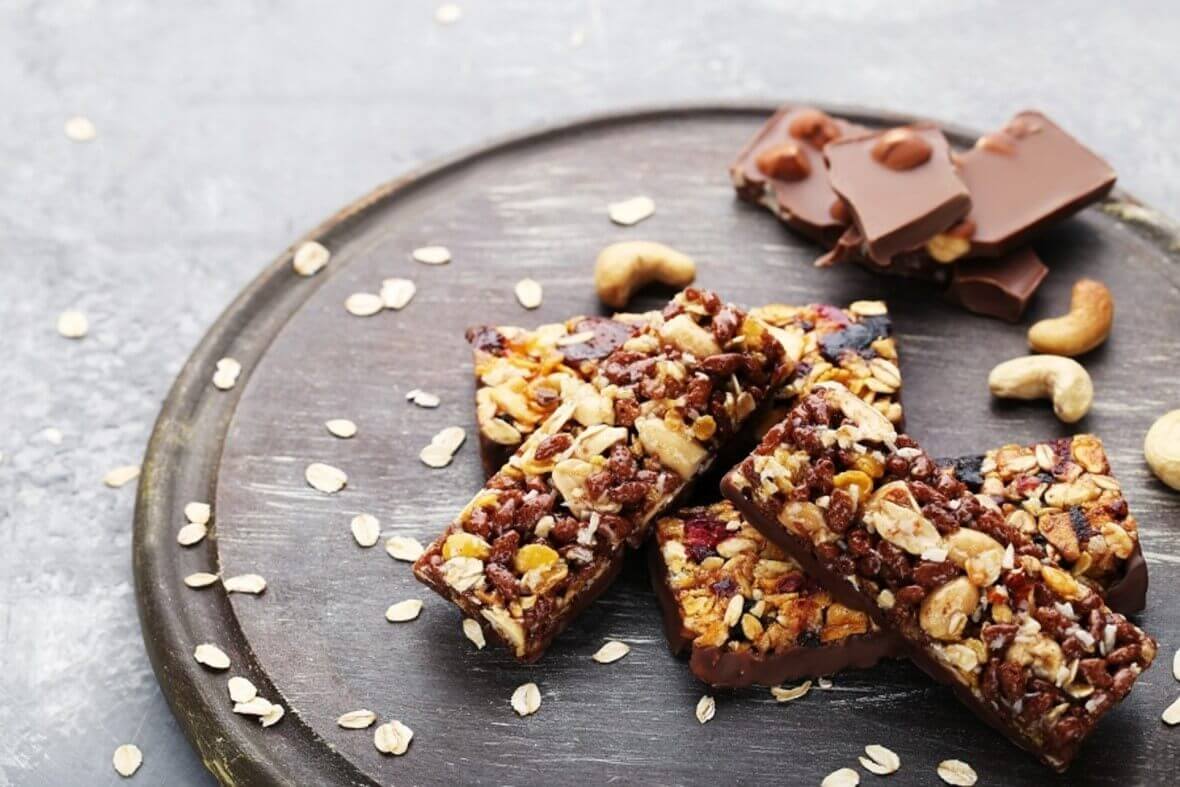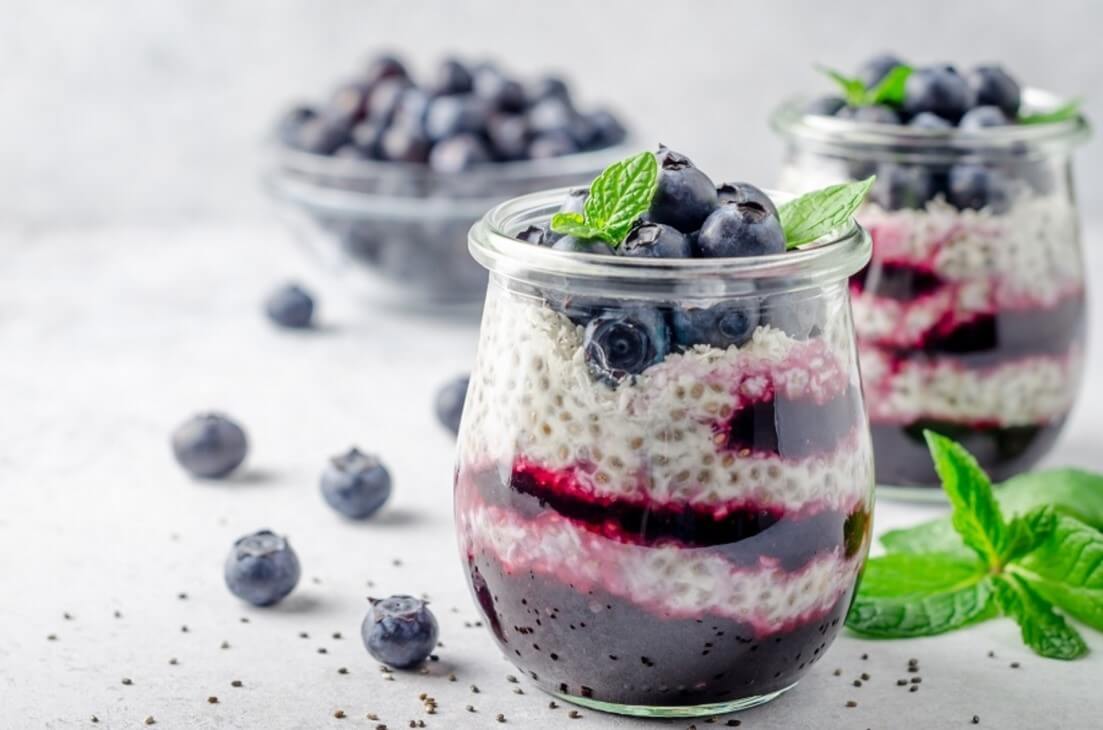A Modern Take on an Ancient Food
While ancient grains were essential to feeding early civilizations, a preference evolved over time for a handful of staple grains—namely wheat, rice, and corn. Unlike these modern crops, which have undergone centuries of selective breeding, ancient grains remain mostly unchanged. Their rediscovery is giving consumers new options in whole grains and seeds , offering different flavors and textures, as well as visual appeal.
Whether consumers are looking for protein, fiber, or micronutrients, incorporating ancient grains into the diet is an easy way to support a healthier lifestyle. Ancient grains can instantly elevate a product to better-for-you status, with some—like quinoa, flax, and chia—even considered superfoods. Appealing claims include “made with ancient grains,” “made with whole grains,” and, for many ancient grains, “gluten-free.”
Here’s a look at the ways six ancient grains are being used in today’s foods and beverages:
1. Oats
Oats are a staple food thought to have originated in Asia before spreading to Europe. Popular for their use in oatmeal, granola, and granola bars, oats are strongly associated with health due to their heart-healthy beta-glucan fiber. Most recently though, oats have become one of the most in-demand beverage ingredients, making a splash in oat milk, as well as oat-milk ice cream. From 2019 to 2020, global new product launches with oats grew 7%, with nutritional drinks and ready meals leading the way.1 Gluten-free oats, which require segregated processing from wheat, are especially in demand.


